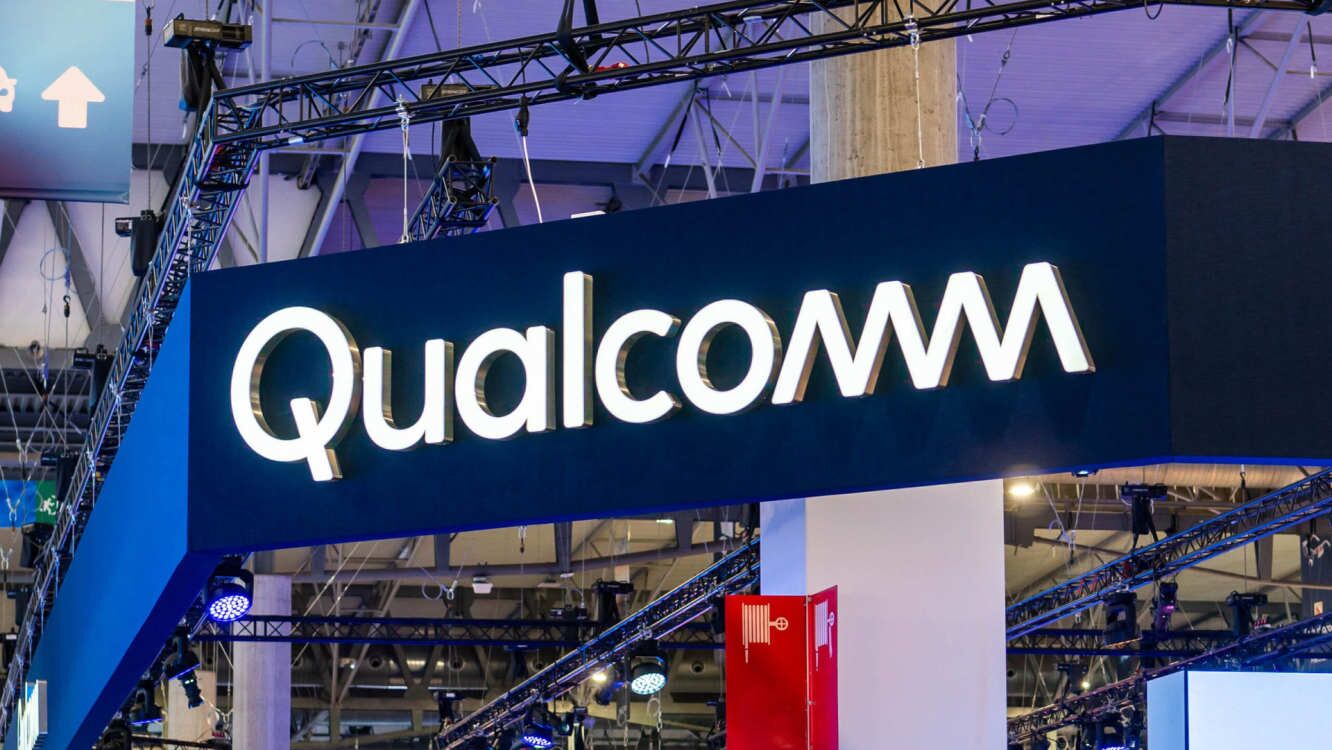Recently, the Financial Times reported that when Huawei released its latest chipset in Shenzhen, the China Global Times said that this "groundbreaking" development is a driving force for China's domestic chip manufacturing industry. Because in this field, it has been over-reliant on overseas suppliers. However, Huawei's new server chipset, like their smartphone processors, is designed in China, but production is done in Taiwan. The manufacturing gap has hindered China from achieving self-sufficiency in chips.
Semiconductor industry analysts believe that despite the long-term financial support of the Chinese government, the market leading position of China's electronic hardware continues to improve, and the capabilities of Chinese chip design companies have also increased significantly in the past few years, but China's top chip makers are 10 years behind their overseas competitors.
E Jan Vardaman, president of TechSearch International, a US consulting firm, said, "China still needs a long period of hard work to have a foundry that rivals Samsung or TSMC."
Experts said that in recent years, China's development status has slowed down the development of the semiconductor industry, and Western attitudes toward China's acquisition of semiconductor companies and the introduction of technology and talents are also slowing down China's pace of catching up.
Analysts said that Chinese chip makers have been in a dilemma because the industry's leading chip factory equipment suppliers are all foreign. At the same time, they are working with the industry's most advanced manufacturers to develop tools for next-generation chip manufacturing, which has widened the gap between Chinese chipmakers and chip makers in other countries.












All Comments (0)